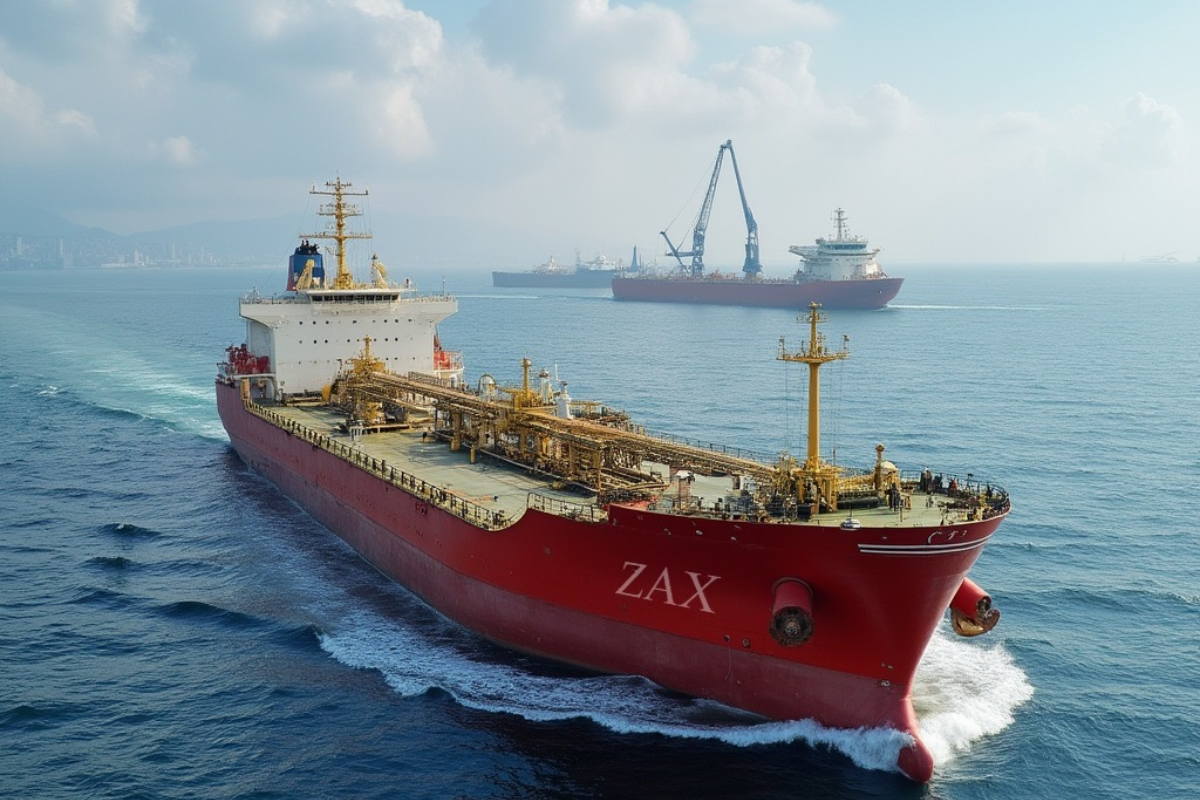




Bunkering is a critical process in the maritime industry that involves supplying fuel, or "bunkers," to ships to power their engines and other systems. This operation is essential for ensuring that vessels can continue their voyages, transporting goods, and passengers across vast distances. Bunkering can take place in ports, at sea, or at specialized bunkering stations. The process involves several steps, including the delivery of fuel, storage, and the proper management of fuel quality and quantity. Given the importance of fuel in keeping a ship operational, bunkering is carefully regulated by national and international maritime laws to ensure safety, environmental protection, and efficiency. A higher-quality refined version of marine diesel, MGO has lower sulfur content and is more commonly used in tier III vessels that require compliance with stricter emissions standards. The most common form of bunkering occurs when the ship is docked at a port. Fuel is delivered through pipelines or barges directly to the ship's fuel tanks. The port authorities or private companies typically coordinate the bunkering process in port areas, which have the necessary infrastructure for large-scale fuel delivery.
Types of Bunker Fuels















